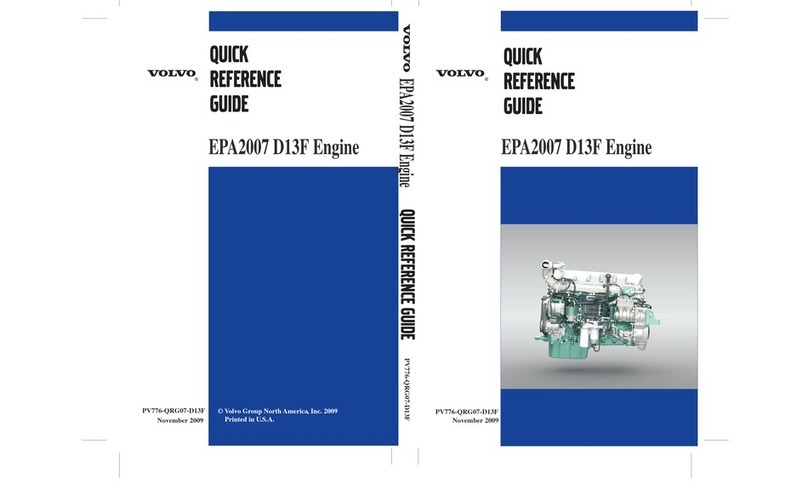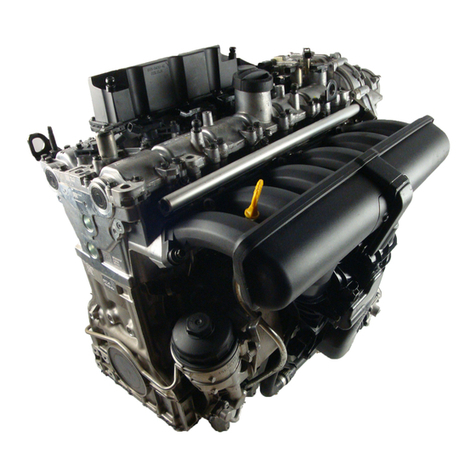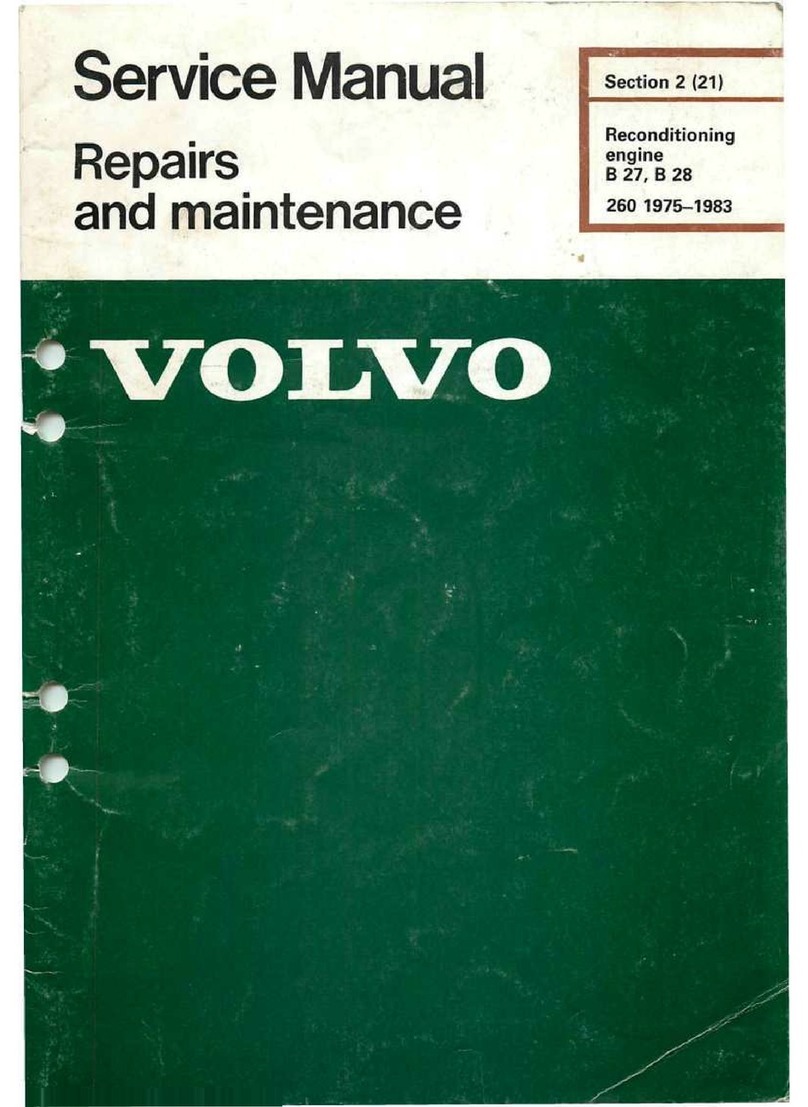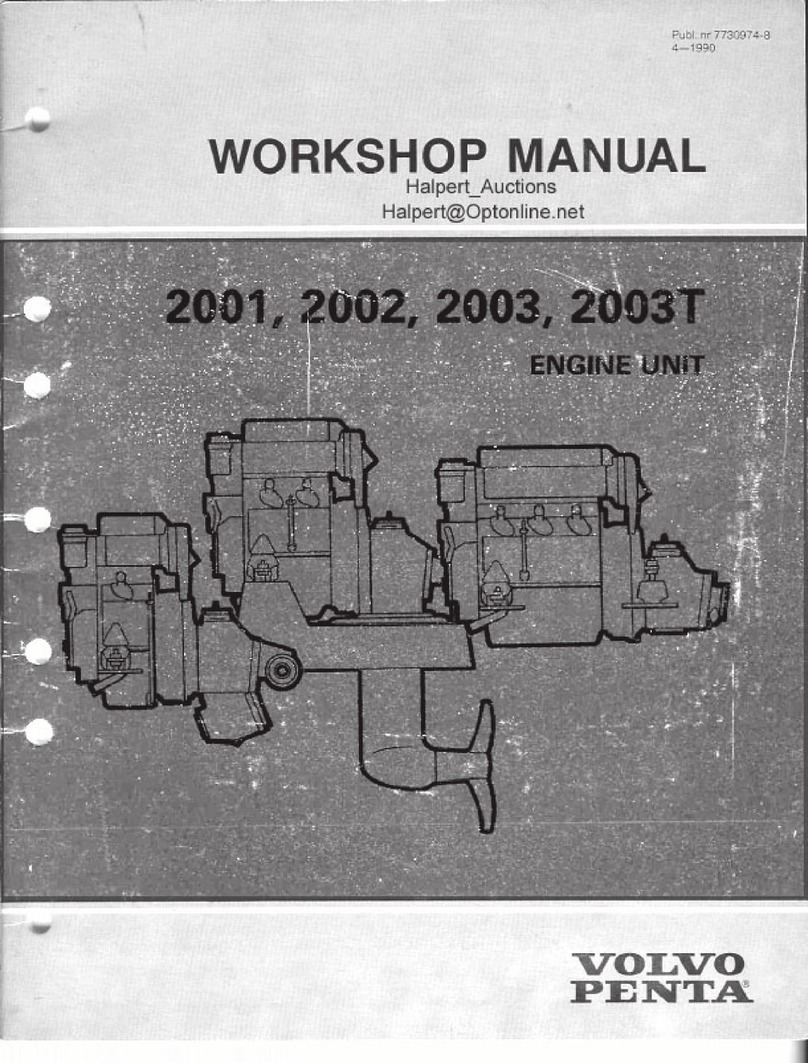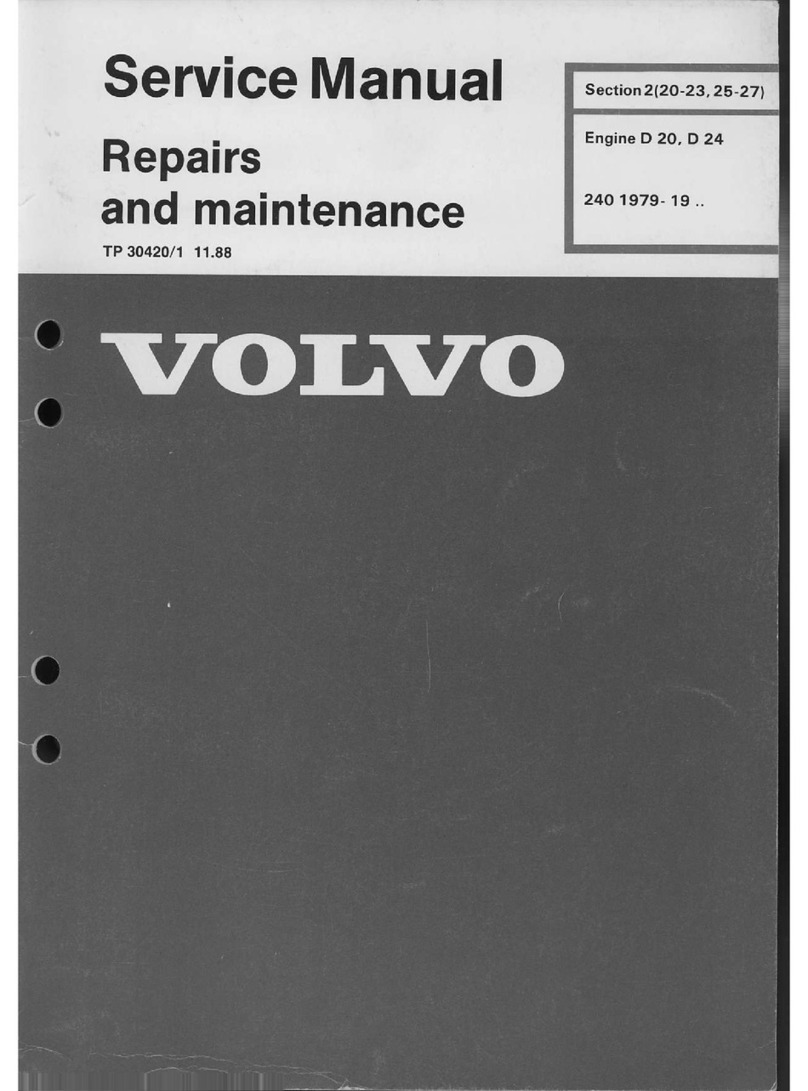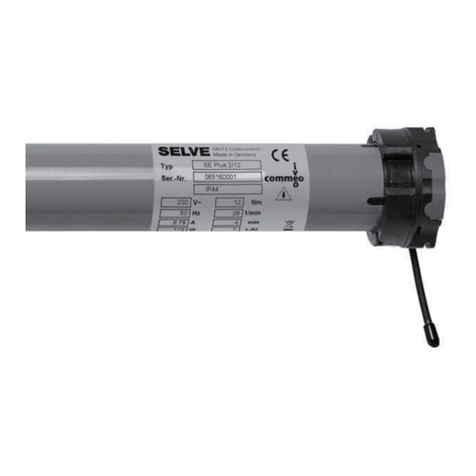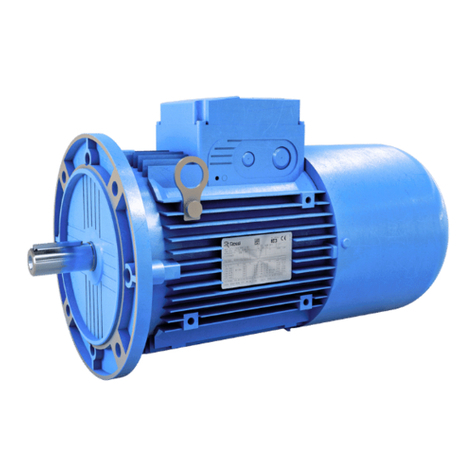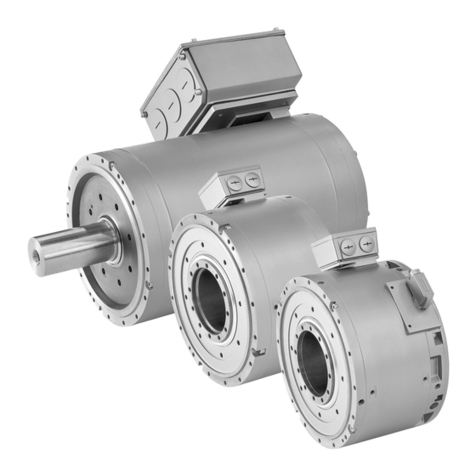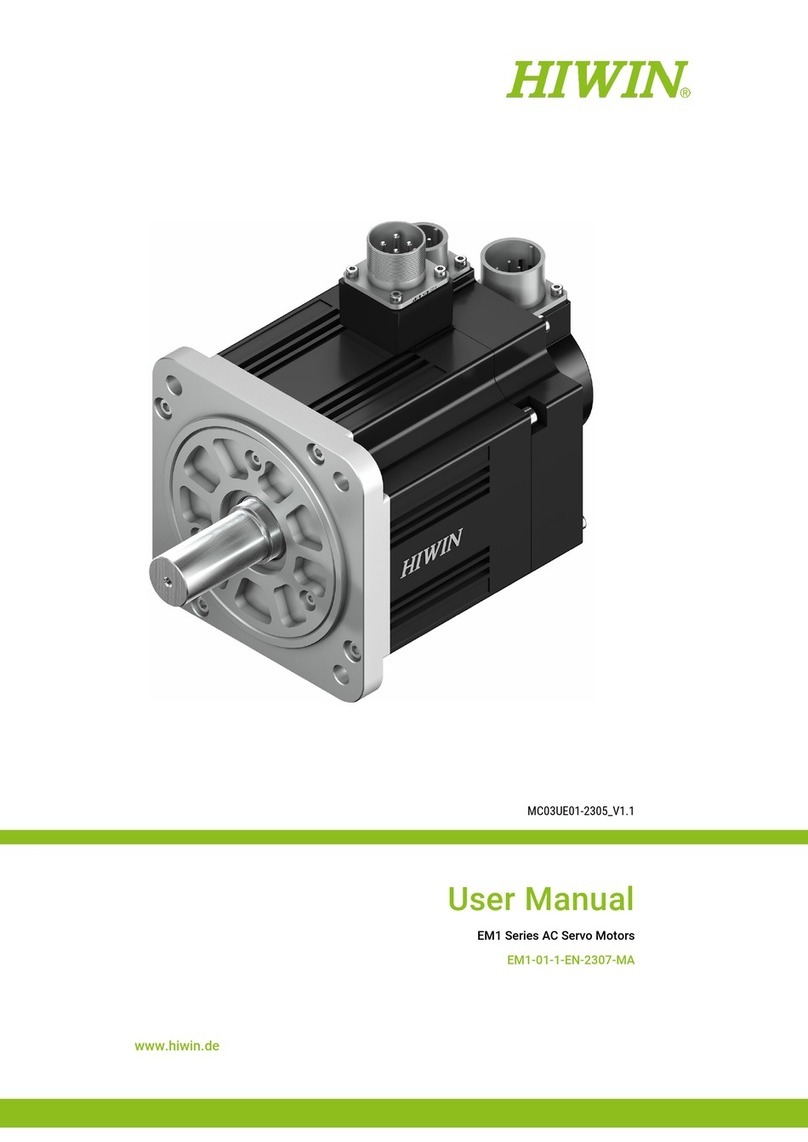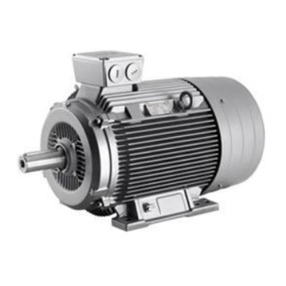
3
Group
28
Ignition
systems
Contents
Group
28
I
gnition
systems
Contents
Page
Introduction
.
Design
and
function:
Overview
Review
of
electronic
ignition
systems -I
.............................•...........
4
Review
of
electronic
ignition
systems -
II
(type EZ-K and
Rex
-J)
.. .....
.•.
.. .•......6
General
Function
of
ignition
system;
combustion
theory in
brief
.......
.
.....
...
.
..
........
9
Ignition
systems -basic parameters. .
..
........ ........ .... .......•. . . . •. . .....
..
11
Contact-breaker versus electronic systems
......................
.
..
•....•.
........
13
Components
Control
unit
.....................................................
.....
....
14
Control
unit
,
power
stage and i
gn
it
ion
coil configura
tion
s..................
16
Power stage and
ignition
coil..
..
..
..
..
...
..
......
.. .. ..
......
.•.
..•• .
.•.
..
..
.
...
17
Dis
tributor
...............
.
..............................................•.......
19
Speed
and
crankshaft
po
sition
information
Hall
generator
....................... ... .. .. .. .. .. .. .. .. .. .. .. .. .. . •. . . . •. . . . .
..
20
Speed/position pick-up
and
flywheel
configuration
22
Load
information
Induction
manifold
vacuum
..
..
..
..
..
..
..
........ .....................•
..
......
..
25
Fuel
injection
system control
unit..
.................... .
.•..
..... ....
.•.
.......
..
26
Compensation
functions
Theory
of
knock. ......... ......... .. . •. . . . ...................
28
Knock sensor
......
....
......................
.
.......
.
..•....
.
.......
.
..........
30
Knock control
................................•.......•......
.
•.......•..........
32
Knock-con
trolled
fuel
enrichment
..................•. .
....
.
...
..
...
•
....
•
.....
39
Throttle
switch
li
dling
switch
...............
.
.......
.
.......
.
..
•
.......•....•.....
40
Temperature sensor
..............................
.•
..•...
.
•..•.......•...
••
.....
41
Ren
ix·
F. .
.. ..
. .. ..
..
•. . ..
..
.•.
.
.. ..
.•. ..
..
.
•.......................•...........
EZ·l02K
..
.
....•....
•
.......
•
....
.
..•....
.
..•.......
.
..•...
..
..•....
.
....•......
EZ
-1
17K
.......•....•....
.
..
.
....
.
..
..
...
.
..
•
.......•..•....
.
..•....
.
....
.
......
EZ
-118K
.........................•.......
.
.......
.
.......
.
.......
.
.......•......
EZ
-115K
............
.
.........
..
..•.
..
....
.
..
•
...
...
.
.....•....•......
EZ
-
116K.
......................
....
.....
.
..
•.
..•...
•..
.....•....•..
Rex·1
............ .... .................. ..
..
..
.......
•.
...
..
Diagnost
ic
system,
EZ
-116K and
Rex-I
.
System
descriptions
TSZ
.. ..
. ..
..
. ... .
..
. .
..
.... .
...
.
...•.
TZ-28H
.............................•...
.43
44
45
47
4"
51
55
58
60
63


